This essay was originally published in The Public Domain Review under a Creative Commons License. Please see their rules for reuse.
Last year saw the works of Bronislaw Malinowski — father of modern anthropology — enter the public domain in many countries around the world. Michael W. Young explores the personal crisis plaguing the Polish-born anthropologist at the end of his first major stint of ethnographic immersion in the Trobriand Islands, a period of self-doubt glimpsed through entries in his diary — the most infamous, most nakedly honest document in the annals of social anthropology.
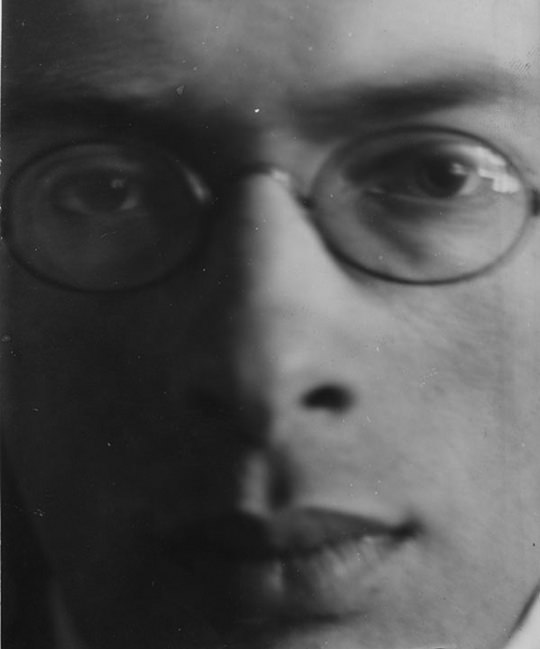
‘Truly I lack real character.’ [Nie jestem naprawdę prawdziwym charakterm]. With these words, written on 18 July 1918, Polish-born Bronislaw Malinowski abruptly ended the intimate diary that he kept during his final stint of fieldwork in the Trobriand Islands of eastern New Guinea. This diary, along with several others, was discovered in his Yale University office after his death. Written in Polish, it is clear that he had not intended it for publication. Against his daughters’ wishes, however, and to the dismay of many colleagues who had heard rumours of its controversial contents, his widow published a translation under the title A Diary in the Strict Sense of the Term (Routledge 1967). It would become the most infamous, most nakedly honest document in the annals of social anthropology. With its moral struggles, its Dostoevskian moods, its Conradian allusions, its Freudian subtext of mother-love and frustrated sexual desire, its misanthropic and racist outbursts, the Diary abundantly revealed some unpleasant aspects of Malinowski’s character. In unmasking his personal weaknesses and prejudices it appeared to give the lie to his professional image as an empathetic fieldworker whose methodological slogan was ‘participant observation’. In short, its publication created a minor scandal and helped precipitate the crisis of anthropological conscience that anticipated the postmodern turn in the discipline. The damage to Malinowski’s reputation was only fully restored after the passing of his pupils’ generation with a dawning realization that the Diary was an iconic text that pointed the way towards a more self-aware and reflexive anthropology.
Malinowski was one of the most colourful and charismatic social scientists of the twentieth century. A founding father of British social anthropology between the two world wars, his quasi-mythical status has fascinated his disciplinary descendants who continue to measure themselves against his achievements. Marching under a self-styled theoretical banner of Functionalism, Malinowski revolutionized fieldwork methods, cultivated an innovative style of ethnographic writing, and mounted polemical assaults on a wide array of academic disputes and public issues. By the time of his death, aged 58, in the United States in 1942 he was a controversial international celebrity, a cosmopolitan humanist who dedicated his final years to the ideological battle against Nazi totalitarianism.
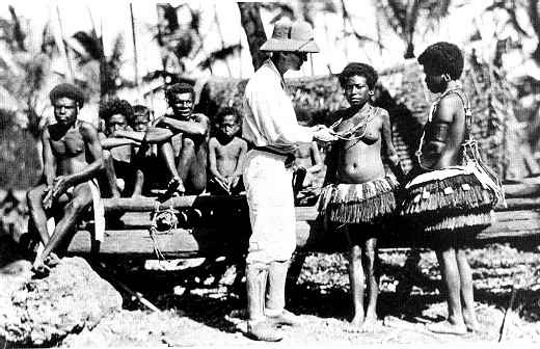
It is for his corpus of ethnographic writings on the Trobriand Islanders, however, that Malinowski is revered and best remembered. Most of his books remain in print and continue to be taught, critiqued, and studied as exemplars of anthropological modernism. His best ethnographic writing is a stylistic confection of vivid description, reflexive anecdote, methodological prescription and theoretical aside. Malinowski broke with convention by abandoning the positivist pretence of aloof scientific objectivity by inserting a witnessing self into his narrative. The ‘Ethnographer’ of his books is a somewhat outlandish character (‘a Savage Pole’ in one guise) who never allows his reader to forget that not only was he present at the scene as a participant observer, but that he is also the one, in a fully contextualized first-person sense, who is doing the writing. Malinowski’s ethnographic persona — curious, patient, empathetic yet ironic — was given a tentative outing in his first ethnographic report, The Natives of Mailu (1915) and reached full maturity in Baloma (1916), a monograph-length essay on Trobriand religion. The intrusion of Malinowski’s authorial self blurred the distinction between Romantic travelogue and ethnographic monograph. In Ethnography, ‘the writer is his own chronicler,’ he reminds us, and scolds those whose works offer ‘wholesale generalizations’ without informing the reader ‘by what actual experiences the writers have reached their conclusion’.
Malinowski’s first and most celebrated Trobriand monograph, Argonauts of the Western Pacific (1922), is a richly-illustrated account of the ceremonial exchange of manufactured shell valuables through which the Trobriands are linked to other island groups of eastern New Guinea. A colourful scientific travelogue, Argonauts takes its readers on a canoe-borne voyage around the so-called Kula Ring of islands. The author’s “Introduction” (which has been dubbed the Book of Genesis of the fieldworker’s Bible) contains twenty-five of the most influential pages in the history of social anthropology.
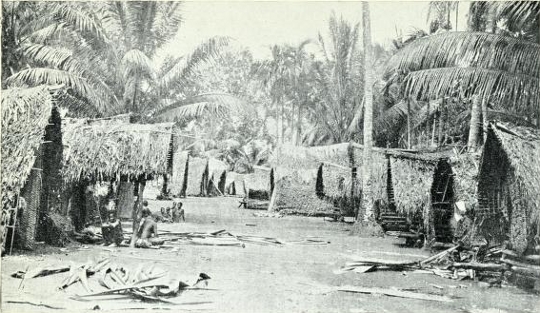
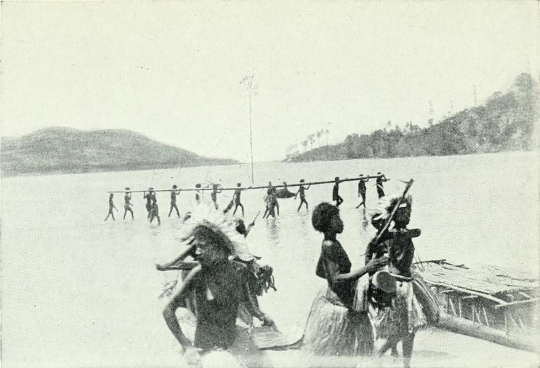
Malinowski’s intention was to raise ethnographic fieldwork to a professional art. The essential rule, he emphasized, was to study the ‘tribal culture in all its aspects’, making no distinction ‘between what is commonplace, drab or ordinary’ and what may seem novel, astonishing or sensational. The ethnographer’s main task is to observe and describe customs in their everyday social contexts and to elicit people’s explanations for their own behaviour. The ultimate aim of social or cultural anthropology is to convert knowledge of other modes of life into wisdom:
Though it may be given to us for a moment to enter into the soul of a savage and through his eyes look at the outer world and feel ourselves what it must feel to him to be himself — yet our final goal is to enrich and deepen our own world’s vision, to understand our own nature and to make it finer, intellectually and artistically. In grasping the essential outlook of others, with the reverence and real understanding, due even to savages, we cannot but help widening our own.
As an Enlightenment project, the Science of Man must lead to ‘tolerance and generosity, based on the understanding of other men’s point of view’. And Malinowski famously defined the ‘final goal’ of the Ethnographer: ‘to grasp the native’s point of view, his relation to life, to realize his vision of his world’.
Following Argonauts, he published Crime and Custom in Savage Society (1926), a short but path-breaking book which described how ‘law and order’ was maintained in the Trobriands through various sanctions, including the threat of sorcery. His insights into the working of ‘the principle of reciprocity’ in everyday exchanges and his pioneering use of the case method laid the foundations of legal anthropology.
Sex and Repression in Savage Society (1927) contested Freudian dogma concerning the universality of the Oedipus complex. Malinowski proposed that the matrilineal configuration of the Trobriand family cast a boy’s mother’s brother rather than his father in the role of resented authority figure, and his sister rather than his mother as the object of a boy’s incestuous desire. Although Freudians did not take kindly to this interpretation, Malinowski triggered a debate which continues to this day.
The Sexual Life of Savages (1929) is a long and detailed ethnography of Trobriand family life: courtship, marriage, divorce and death, pregnancy and childbirth. Malinowski’s explicit descriptions of sexual behaviour — including as depicted in folklore and fantasy — only narrowly escaped censorship, and for several years the cellophane-wrapped volume was hidden under bookshop counters. While avoiding pornography, it mounted a subversive assault on late Victorian prudery; in the changing mores of the time it had a liberating appeal along with the writings of Bertrand Russell, Aldous Huxley and D.H. Lawrence. Needless to say, it was a pioneering study of human sexuality and of the social and cultural factors which shape it.
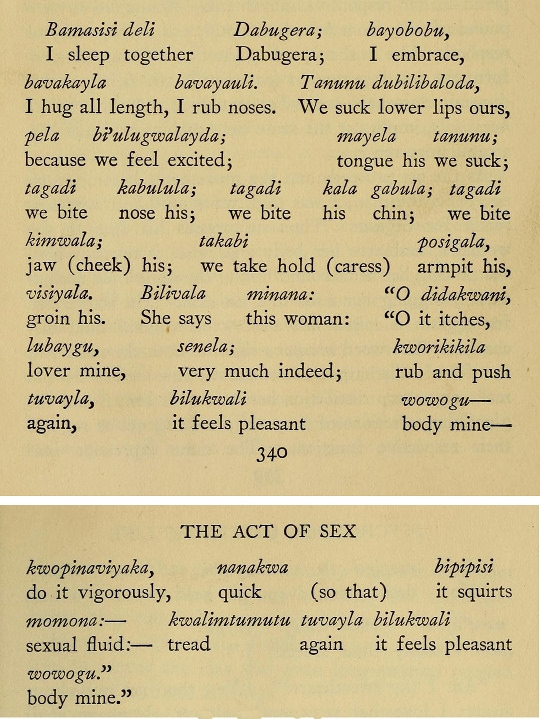
Malinowski’s last classic work on the Trobriand Islands, Coral Gardens and their Magic (two volumes, 1935) dealt exhaustively with horticultural practices and their ritual embellishments, with the politics and mythological basis of land tenure, and with the enchanting poetics of magic. The second volume was an important theoretical contribution to anthropological linguistics, but it was ahead of its time and the linguistic profession in America greeted it coolly for its unfashionable concern with semantics. Malinowski believed it was the best work he had produced and he dedicated it to his ailing wife who had assisted him throughout his early writing career. Sadly, Elsie died just weeks before its publication. Coral Gardens had cost him the most time, effort and expense, and although Malinowski regarded it as his personal favourite, he suspected it was cursed. Widely and quite favourably reviewed, it nevertheless sold fewer copies than any of his other books.
In addition to his Trobriand monographs, Malinowski’s oeuvre includes several other full-length works in English, influential enough in their time but esteemed rather less today. The Family among the Australian Aborigines (1913) was a library thesis for which (together with the Mailu report) he was awarded a Doctor of Science degree by the University of London. At the time of death he had four books in preparation, all of which were published posthumously: Freedom and Civilization (1944); A Scientific Theory of Culture and Other Essays (1944); The Dynamics of Culture Change (1945), and (with Julio de la Fuente) The Economics of a Mexican Market System (1982). Malinowski’s numerous published pamphlets, lecture series, essays and articles — both academic and popular — need not be mentioned here, nor is there need to list the Trobriand books he had planned and set aside or the unfinished anthropology textbook he had promised to more than one publisher. Suffice to say that had he lived longer he would surely have produced more notable works to add further lustre to an already illustrious publishing career.
Let us return to that fateful day in the Trobriand Islands, 18 July 1918, when Malinowski penned his last diary entry. What could he have meant by his self-castigation? From a later perspective, he would have had every reason to feel pleased with himself. His foundational fieldwork was almost complete, the groundwork of his subsequent career laid. He would soon leave New Guinea and return to Australia with his ethnographic riches (‘laden with materials as a camel,’ as he put it in his dairy); he would marry his fiancée Elsie Masson; and when the war in Europe was over he would return to England to establish his brilliant career at the London School of Economics as a scholar, author, teacher, pundit, and founder of a modernist school of anthropology. Why, then, did he bemoan his lack of character?
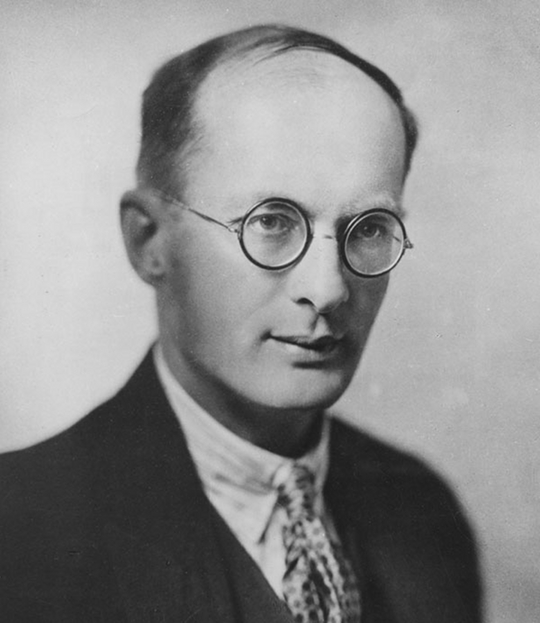
Any attempt to answer this question must take his own methodological cue and review the ‘context of situation’ in which found himself when he wrote that final entry. Five weeks earlier news had reached him, after an interval of several months, of the death in distant Cracow of his beloved mother. He was wracked by grief and guilt; he fell into ‘a state of metaphysical instability’ in which he felt ‘cut adrift’ from all life around him. A few weeks later he received another blow in the form of a letter from Nina Stirling, his erstwhile sweetheart and muse in Adelaide, whom he had been stringing along for more than a year, having lacked the moral courage to tell her that he was now in love with Elsie Masson, the woman he proposed to marry. Inevitably, Nina had discovered his deception and wrote to terminate their ‘friendship’. His ‘damnable lack of character’ had been exposed. ‘I feel an absolute brute & unworthy of anyone’s friendship, not to speak of love,’ he wrote to Elsie. Both young women were daughters of eminent scientists with knighthoods, and Malinowski had managed the love triangle so badly that he feared the scandal would ruin his career. His remorse over Nina compounded his remorse over his mother. He regressed. ‘At night, sad, plaintive dreams, like childhood feelings…. Everything permeated with Mother.’
The final diary entry as a whole — little more than a page — is a meditation on loss and death. It is populated with memories of his Polish childhood, of his school teachers in Cracow and his relatives in Warsaw, above all of his mother, and his betrayal of their last evening together in London by seeking the company of a mistress. His own extinction seemed possible now: ‘to go to Mother, to join her in nothingness’. Yet at moments he felt it was only the death of something within him: ‘my ambitions and appetites have a strong hold on me and tie me to life. I shall experience joy and happiness (?) and success and satisfaction in my work,’ he wrote. The last thoughts he recorded were of his childhood, his mother and his father (who had died when he was a boy and who is mentioned nowhere else in the diary). And he remembered others who had ‘vanished’ from his life: his former mistress Annie (now living in South Africa), his best friend Staś Witkiewicz (back in war-torn Warsaw), and his spurned girlfriend Nina (at home in Adelaide). It was the conclusion of an experiment in self-creation that had failed: ‘Truly I lack real character.’
What did Malinowski mean by character? In a recent letter to Elsie Masson he told her why he believed keeping a diary was so ‘absolutely indispensable’ to him. It required of him a daily inspection of his conscience and his character, the better to monitor his moods and control his moral lapses: ‘I think “character” might be defined as “persistence of the same real self in one person”,’ he wrote.
Keeping a diary had been an intermittent, decade-long experiment in self-analysis that he had begun in the Canary Islands and was now bringing to an end. He wrote his diary to ransack the contents of his mind, to consolidate his character, to remind himself daily who he wanted to be: an efficient, healthy, single-minded, integrated person. But the diary portrays a man who is utterly fragmented and divided, a hostage to his impulses and passing moods. The pathos of this portrait is redeemed by the author’s unremitting honesty. He has no secrets from himself, and he eventually comes to accept that his quest for a single identity is hopeless, rendered all the more impossible after Freud’s revelations.
His closing sentence, then, is a moral judgment upon himself that can be explicated in these terms: ‘I have failed to integrate myself, to create a unitary self with a solid, dependable core. I am an assortment of conflicting needs, a multitude of opposing selves, an aggregation of wants and desires, some sordid, some sublime, but none constant or true. After all, I am only human.’
Michael Young, an anthropologist trained by students of Malinowski at the Universities of London and Cambridge, has done fieldwork in eastern Papua New Guinea and Vanuatu. As well as his works on Malinowski, he is the author of several anthropological monographs. He is currently a Research Associate in the College of Asia and the Pacific at the Australian National University.